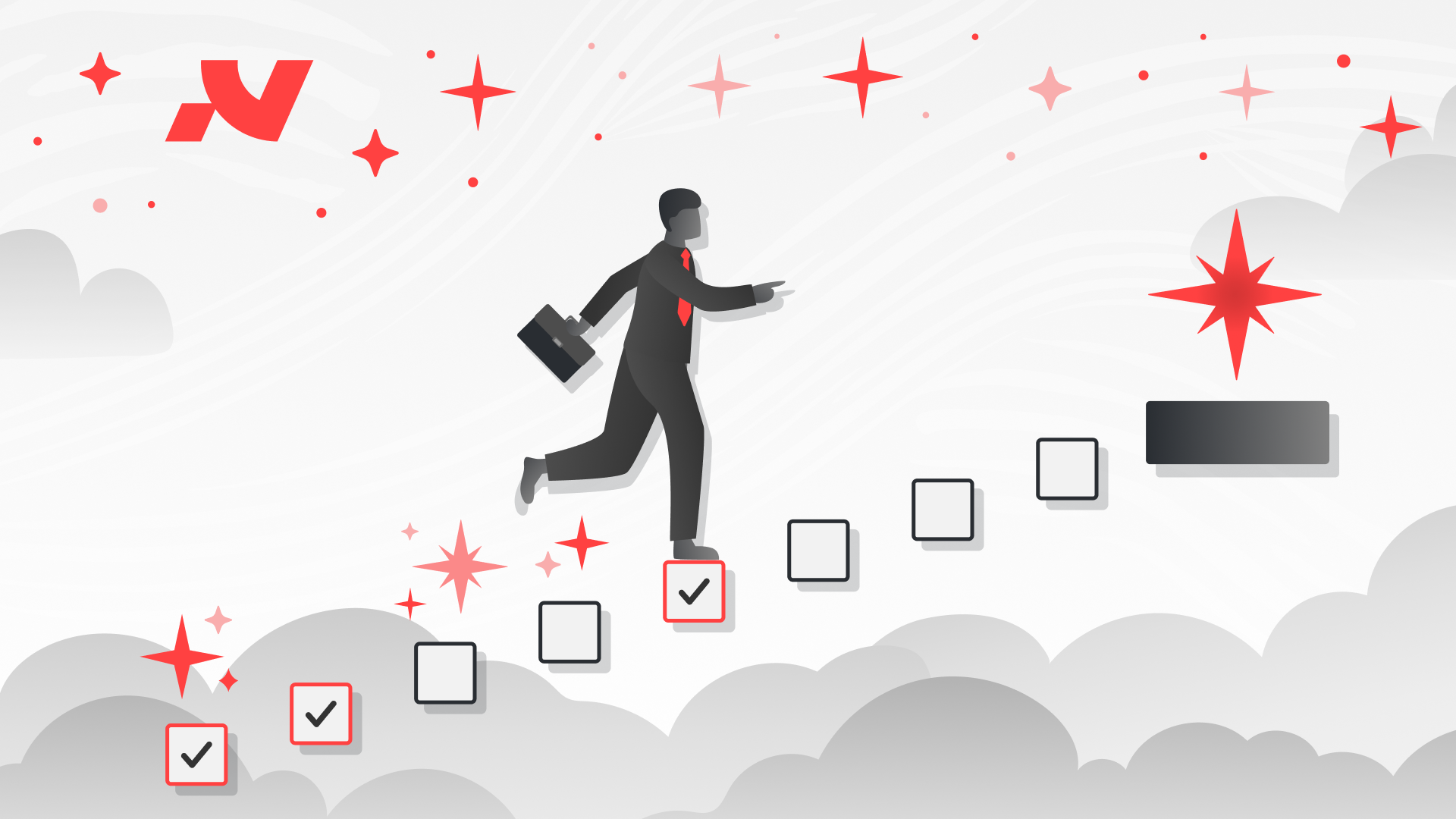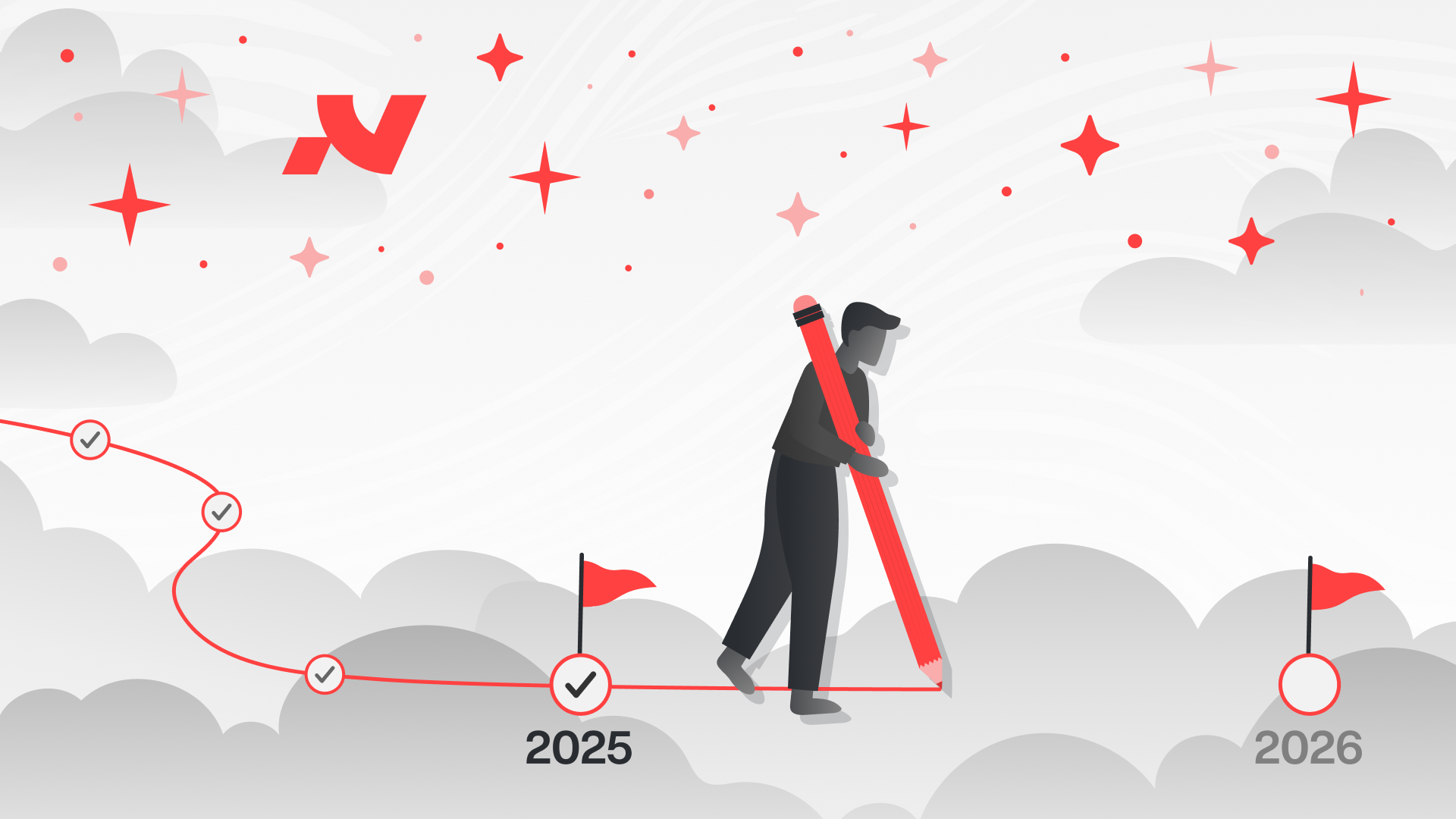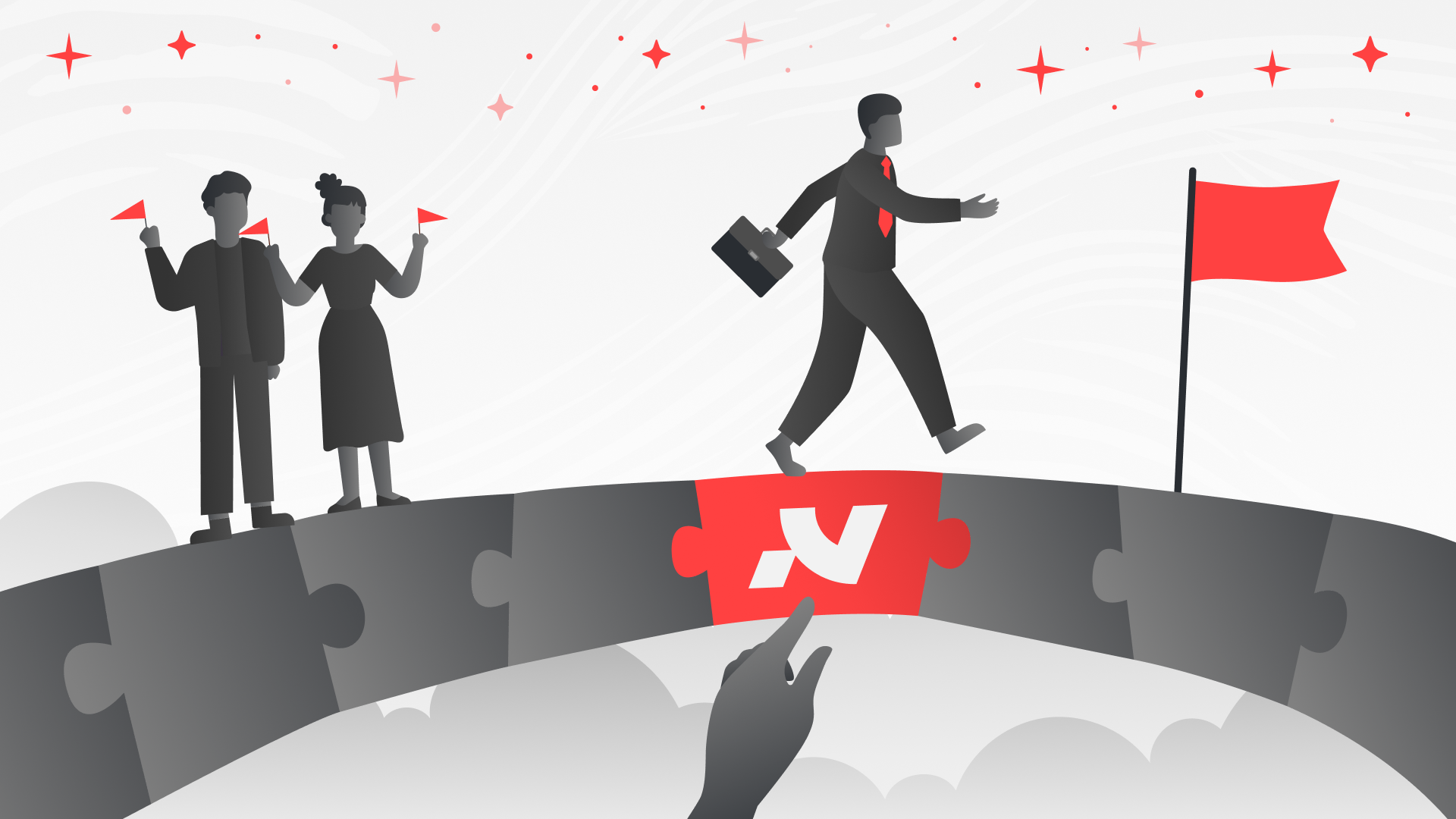You’re Not Ready for What’s Coming
.avif)
If you haven’t read The New Creative Stack or Automation Is Not the Enemy, go knock those out — they’ll give you a good sense of what’s about to be flipped on its head.
But even if you don’t, here’s the quick version:
Design tools are mutating, workflows are compressing, and Figma is quietly building an Adobe-killer while every web dev silently cries into their coffee.
Now let’s talk about the god lurking behind the curtain.
AI isn’t slowing down. It’s accelerating — exponentially
We are not crawling. We are not walking. We are sprinting.
Here’s the release pace of OpenAI’s major models:
- GPT-1 (2018): Proof of concept. Mostly ignored.
- GPT-2 (2019): “Too dangerous to release.” (lol.)
- GPT-3 (2020): A language revolution. Suddenly, AI could write, summarise, and kind of sound human.
- ChatGPT (3.5) (2022): Mainstream explosion. Everyone got a taste.
- GPT-4 (2023): The bar shifted. Better reasoning, fewer hallucinations, image understanding. Real use cases.
- GPT-4 Turbo (Late 2023): More power, less cost, longer memory. Quietly became the backbone for thousands of tools.
And we’re barely halfway through 2025.
Each version isn’t just better. It’s leagues ahead.
This isn’t your classic “iPhone camera got a bit sharper” type of growth.
It’s Moore’s Law on HGH.
Remember the Internet Boom?
This Is Faster. Way Faster.
Let’s zoom out.
- The telephone took 75 years to reach 100 million users.
- The internet? 7 years.
- Instagram? 2.5 years.
- ChatGPT? 2 months.
That’s not just growth — that’s a paradigm shift.
But users are only half the story.
The internet changed how we:
- Shop
- Work
- Communicate
- Build
- Date
- Run companies
- Consume media
- Fight wars
It reshaped the entire planet.
AI is doing the same thing — only faster, deeper, and touching every industry simultaneously.
No department is safe.
No role is exempt.
The Implication? We’re About to Compress the Entire Stack
Here’s the play:
- Copywriting? One prompt.
- Design mockups? Generated on the fly, tailored to your brand, updated in real-time.
- Development? Code scaffolded, reviewed, and tested before your second coffee.
- Marketing? Automated, optimized, and deployed without needing a team of ten.
You think Canva made designers sweat?
Wait until founders are dragging in sketches and spitting out a full-stack startup over a long weekend.
Branding, assets, onboarding, sales copy, chatbot — all baked in.
What used to be a 6-month project with a team of 5 is becoming a 48-hour solo build.
This isn’t speculative.
It’s here — just not evenly distributed (yet).
“But AI Can’t Do Everything!”
Sure. And neither can you.
But the real flex now is augmentation.
It’s not “Will AI replace me?”
It’s “How much more can I do with it?”
If you’re still dismissing AI tools because they “aren’t perfect,”
you might want to check your own output too.
Spoiler: It’s not perfect either.
The Bottleneck Will Be… You
In a world where tools can do the work — the bottleneck shifts to clarity.
Can you think clearly?
Can you brief smart?
Can you move fast?
Because that’s the game now.
You don’t need permission.
You don’t need funding.
You don’t even need a team.
You just need vision, and the ability to prompt the machines in the right direction.
The rest? It’s waiting.
So What’s the Difference Between AI and AGI?
Let’s clear something up.
Most people still lump “AI” and “AGI” into the same sentence. Don’t.
AI (Artificial Intelligence) today is narrow. It’s trained to do one thing really well. Generate images. Write emails. Translate text. It’s reactive — a really smart assistant.
AGI (Artificial General Intelligence) is different.
It’s adaptive. It can learn anything, reason across domains, challenge assumptions, and operate independently of pre-training or domain-specific datasets.
Put simply:
- AI finishes your sentence.
- AGI questions why you said it in the first place — and suggests a better one.
And while most think AGI is “decades away,”
the pace we’re moving at says otherwise.
We’re on the edge of something big.
When that switch flips — everything rewires.
If You’re Not Already Adapting, You’re Already Behind
This is the part no one wants to hear.
You’ve got 6–12 months — max — before the tools you use get leapfrogged.
Before your workflows feel like fossils.
Before your agency model, product stack, or org chart looks like legacy tech.
It’s not about being early anymore.
It’s about not being too late.
TL;DR
If you're still operating like it's 2022, this decade is going to eat you alive.
Get uncomfortable.
Learn faster.
Move smarter.
Adapt harder.
The future isn’t waiting.
And it’s already knocking.


